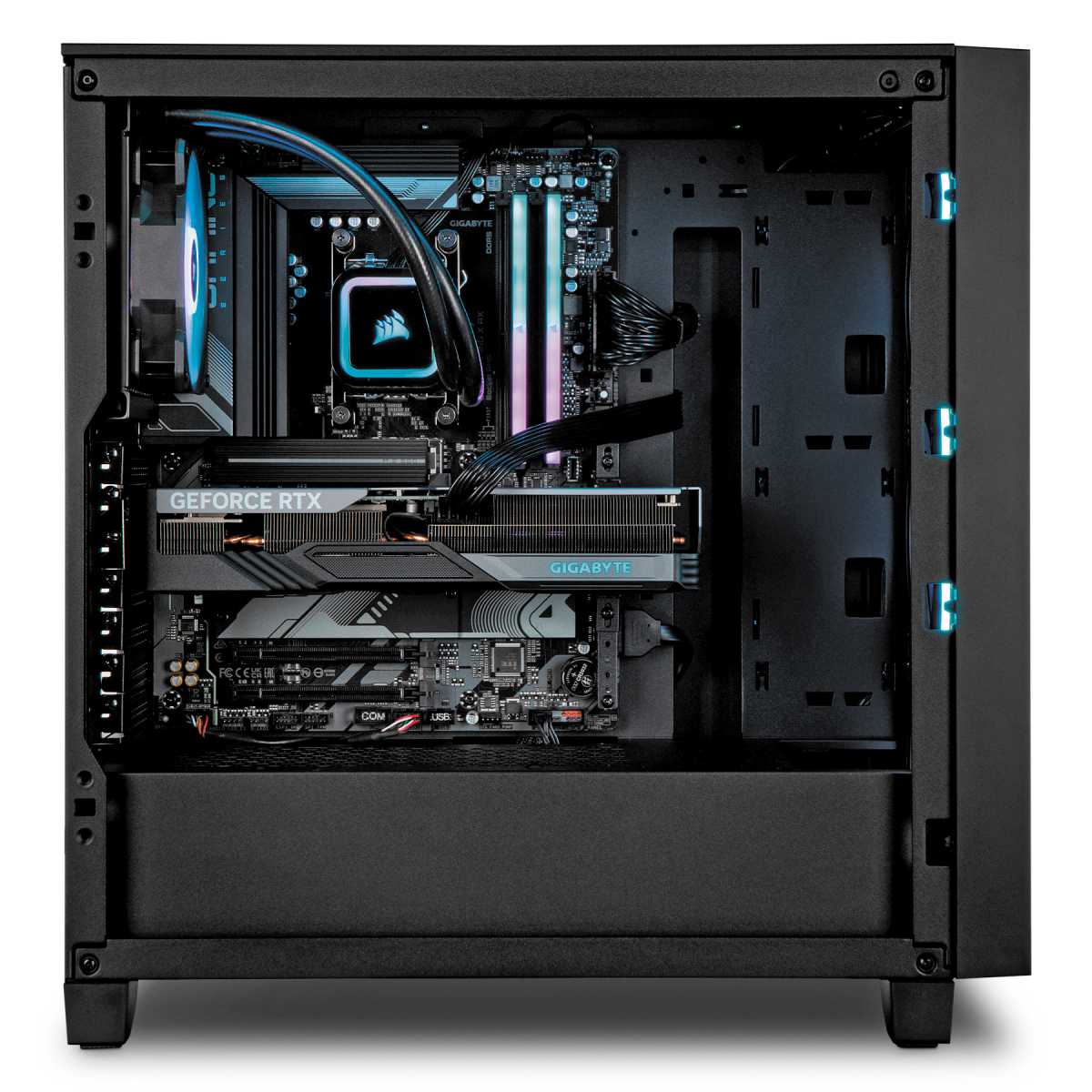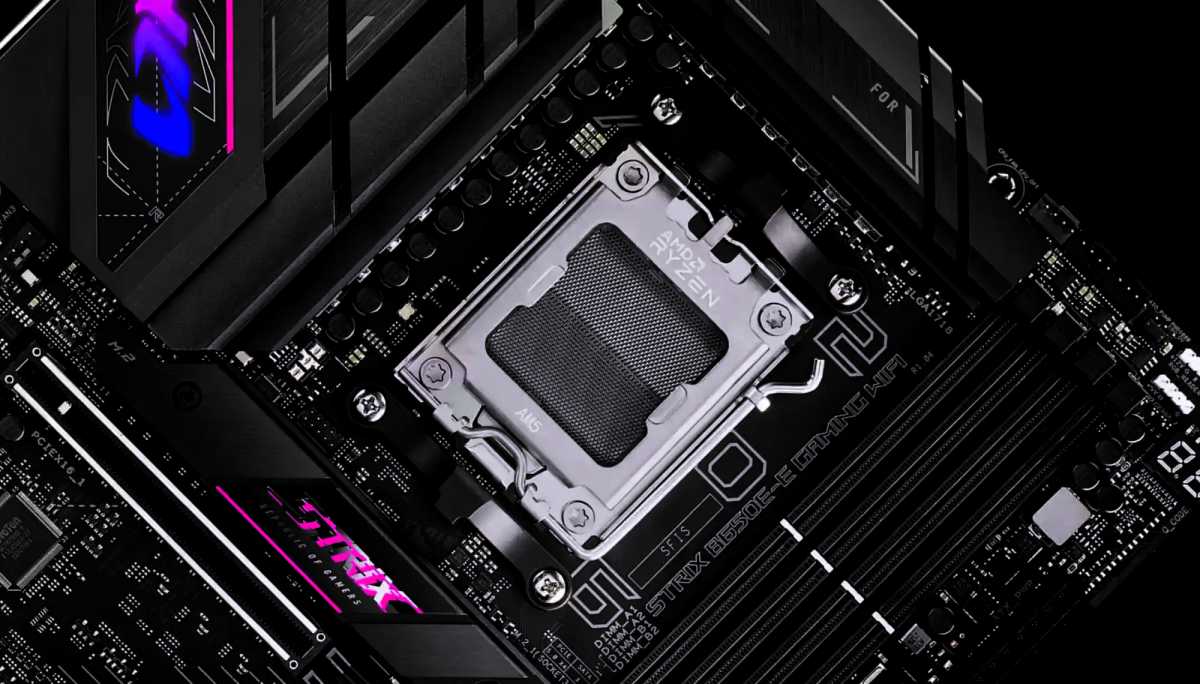
 Image: Asus
Image: Asus
If you realize that your system is falling short of expectations, a new motherboard could be the solution. This is particularly necessary if you are due for a processor upgrade that requires a new socket type that your current motherboard does not support.
The latest Intel or AMD chipsets require specific sockets that are usually incompatible with older CPU generations. A switch to the new DDR5 RAM, which offers higher bandwidth and improved energy efficiency, also requires a motherboard with corresponding RAM slots and suitable CPU support.
The compatibility of the RAM is always an important point to consider. Motherboards are often limited to certain RAM types and speeds. For example, if your system is designed for DDR4 RAM, you cannot simply switch to DDR5 without replacing the motherboard. This is because the physical shape, speed, and signal integrity of the memory are different.

Motherboards are usually one of the last components to be replaced on a PC, even for experienced DIY enthusiasts. However, compelling reasons such as a RAM upgrade can make replacement unavoidable.
Motherboards are usually one of the last components to be replaced on a PC, even for experienced DIY enthusiasts. However, compelling reasons such as a RAM upgrade can make replacement unavoidable.
Mifcom
Motherboards are usually one of the last components to be replaced on a PC, even for experienced DIY enthusiasts. However, compelling reasons such as a RAM upgrade can make replacement unavoidable.
Mifcom
Mifcom
Upgrading graphics cards also presents challenges. A new GPU may require a powerful power supply beyond what your current motherboard model can deliver. In addition, modern graphics cards are often designed for PCIe 4.0 or even 5.0 to utilize the maximum bandwidth for games and applications. If your motherboard only supports PCIe 3.0, you won’t be able to utilize the full power of the latest graphics cards.
Reading tip: Should you upgrade your PC or buy a new computer?

A motherboard change is necessary if you want to upgrade to the new RAM standard DDR5.
A motherboard change is necessary if you want to upgrade to the new RAM standard DDR5.
IDG
A motherboard change is necessary if you want to upgrade to the new RAM standard DDR5.
IDG
IDG
When upgrading memory, you should also make sure that your motherboard has enough M.2 ports and that they support the latest NVMe SSDs, which are significantly faster than their SATA-based counterparts. Equally important is the number and type of ports available. A motherboard should have enough USB ports for peripherals. If you need advanced ports such as USB-C or Thunderbolt, this may also be an issue that requires a motherboard upgrade.

The CPU socket is important when choosing a motherboard. A processor change often means that a new motherboard type has to be purchased.
The CPU socket is important when choosing a motherboard. A processor change often means that a new motherboard type has to be purchased.
Asus
The CPU socket is important when choosing a motherboard. A processor change often means that a new motherboard type has to be purchased.
Asus
Asus
Power supply compatibility is usually less of a problem, as most power supplies use standardized ATX connectors. However, if you need a power supply unit with additional power connections for a new GPU or for additional PCIe slots, then you should also take this into account when considering a motherboard change.
A hardware upgrade can also lead to a chain reaction of further upgrades, which requires careful planning. A new motherboard may therefore also require new RAM modules or a more powerful power supply unit. It is important to take this into account when planning your budget and system configuration. This is the only way to ensure that every component is optimally utilized and no bottlenecks occur.
This article was translated from German to English and originally appeared on pcwelt.de.
Author: Friedrich Stiemer
Recent stories by Friedrich Stiemer:
CPU-FAN versus CPU-OPT on motherboards: What’s the difference?Razer Blackshark V2 Hyperspeed review: A headset with a very good micWhy a great gaming setup needs more than just a powerful PC


